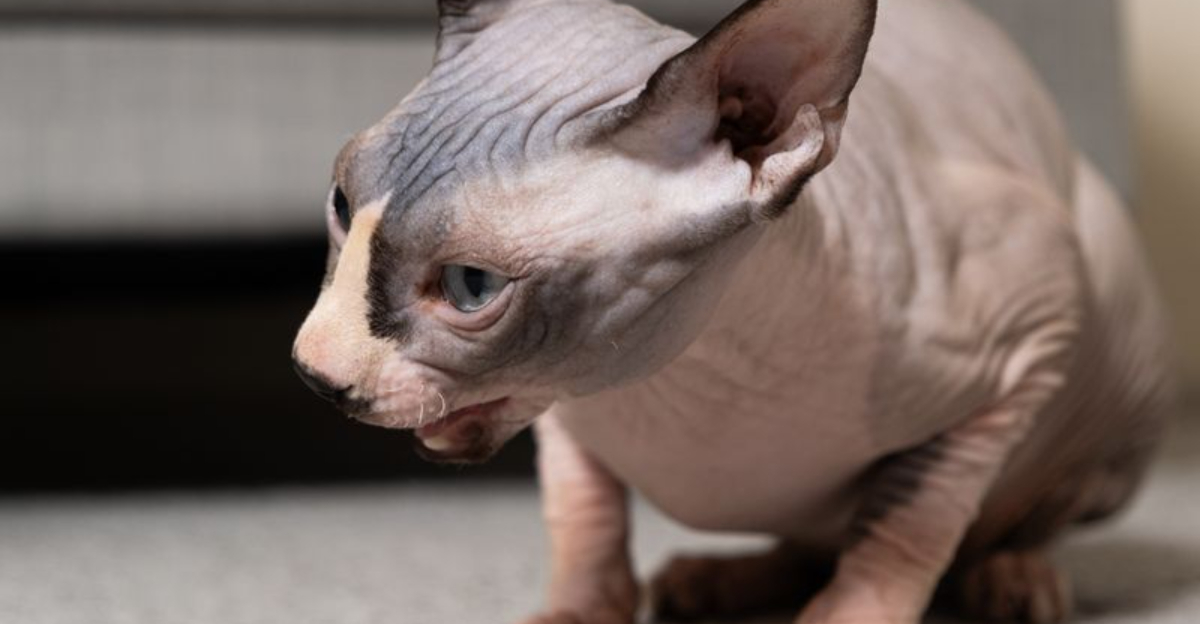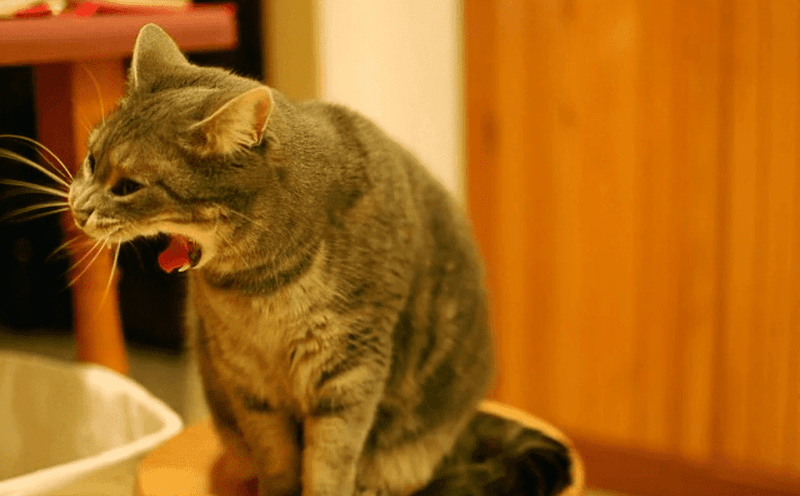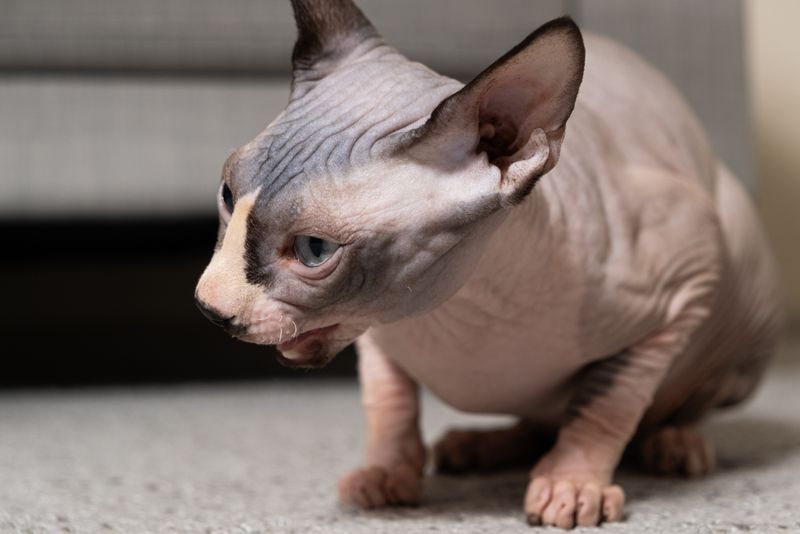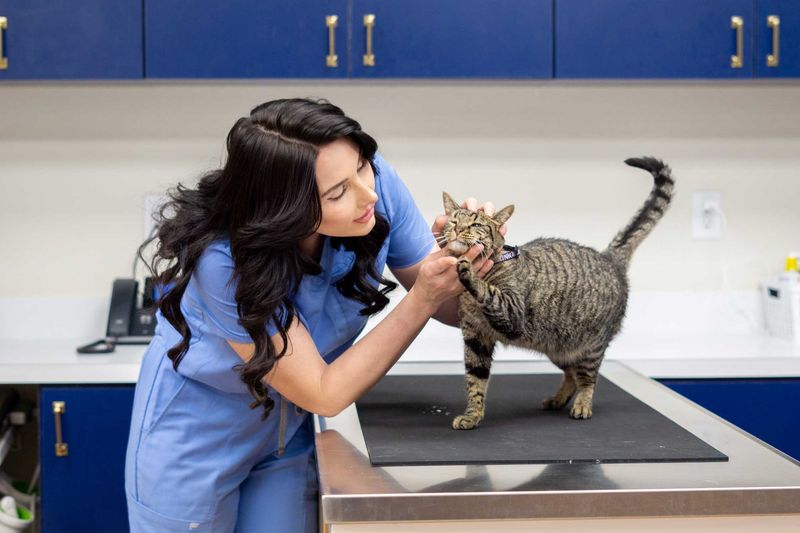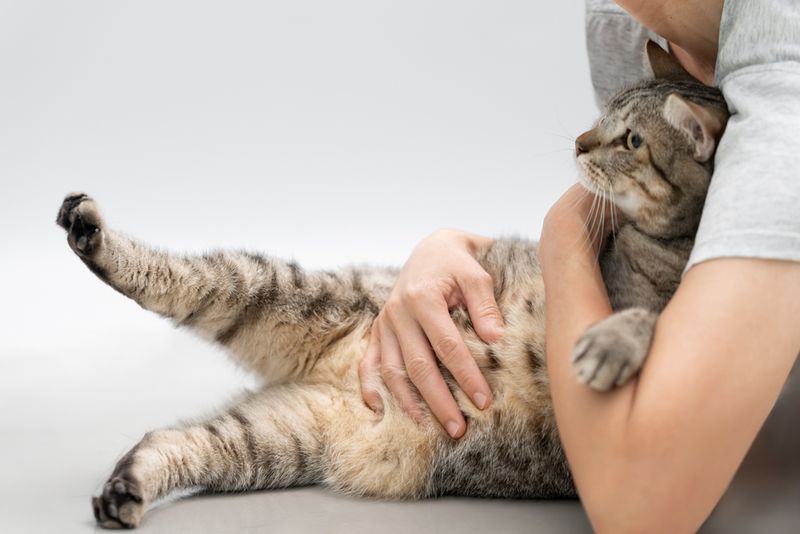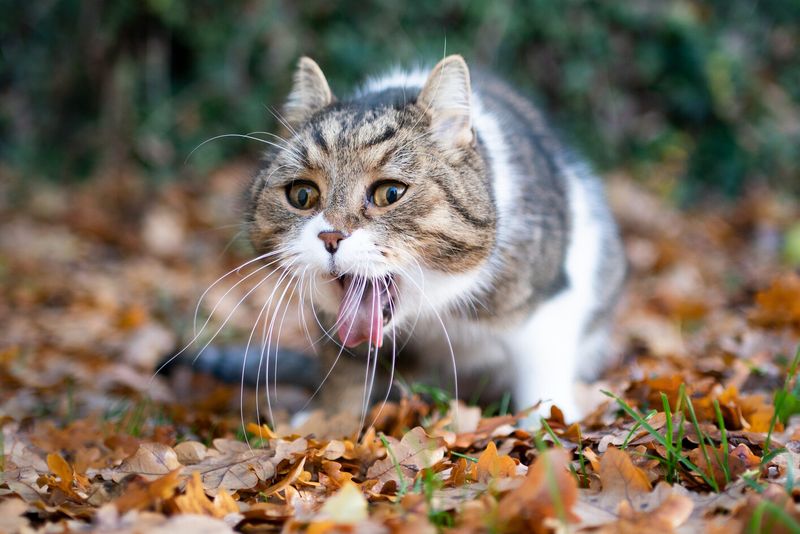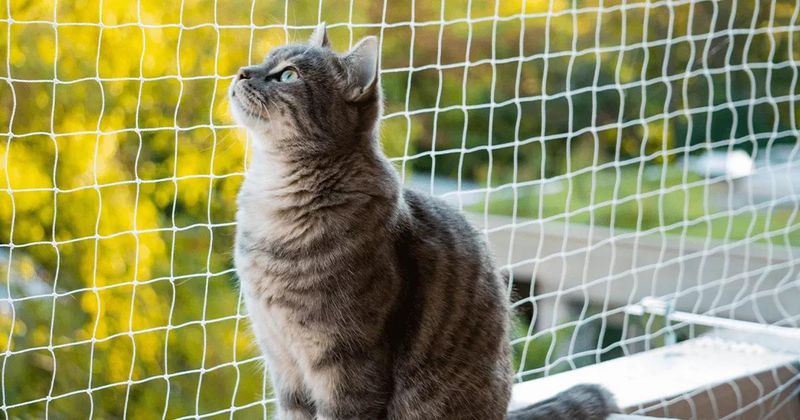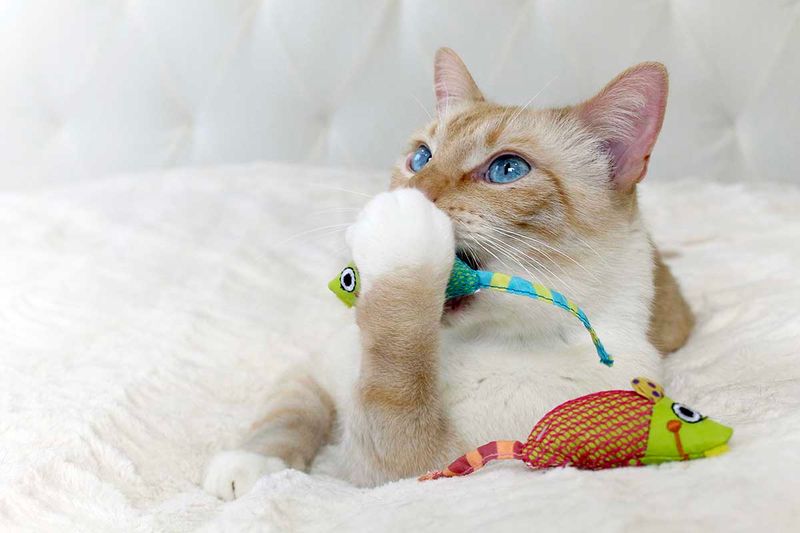📖 Table of Content:
A cat choking can be a terrifying situation for any pet owner. One moment your cat is happily playing or eating, and the next, they’re pawing at their mouth or gasping for breath. Knowing what to do immediately can mean the difference between life and death, making preparation and awareness absolutely critical.
Fortunately, understanding the proper steps to respond — and the measures you can take to prevent choking in the first place — is entirely within reach for every pet parent. Acting quickly, calmly, and correctly is essential, but it all starts with recognizing the problem and having a clear plan of action ready. Equally important is creating an environment that minimizes choking hazards at home.
In this guide, you’ll find seven key ways to respond effectively when your cat is choking, along with proactive tips to help prevent such emergencies. Each step is designed to equip you with knowledge and confidence, so you can protect your feline friend and maintain a safe, happy household.
1. Recognize the Signs of Choking
Immediately noticing your cat’s distress can be the first lifesaving step. Signs like coughing, gagging, drooling, pawing at the mouth, or wide-eyed panic should trigger your urgent attention. Some cats may make wheezing sounds, while others may become strangely silent, which is even more dangerous. If breathing seems labored or if your cat collapses, you must treat the situation as critical. Even subtle signs shouldn’t be dismissed, as cats often mask their symptoms until the situation becomes severe. Acting fast when you first notice these behaviors gives your cat the best chance of recovery.
2. Open the Cat’s Mouth Safely
Before attempting anything else, make sure it’s safe to open your cat’s mouth. Approach them slowly and calmly to avoid escalating their panic. Use gentle pressure behind the jaw hinges to open the mouth without forcing it wide. If you have a second person nearby, ask them to help steady the cat’s body. Once the mouth is open, use a flashlight if necessary to get a better view of the throat and oral cavity. Be prepared for sudden movements, and protect your hands with a towel if needed.
3. Remove Visible Obstructions
When an obstruction is visible, proceed with utmost care to remove it. Employ tweezers or your fingers to extract the object, ensuring not to push it further down. The key here is precision. Avoid attempts on deeply lodged items as they pose additional risks. If unsuccessful, further professional help is imperative. This step underscores the importance of gentle dexterity and awareness, underlining your role in preventing further harm. Such thoughtful actions can spare your pet from prolonged distress, ensuring their quick recovery.
4. Perform Cat Heimlich Maneuver (If Needed)
In situations where manual removal fails, the Heimlich maneuver is a critical option. Hold the cat with its back against your chest, placing hands just under the ribs. Apply firm, gentle upward pressure, or lay them sideways, gently pressing behind the ribcage. This technique requires precise execution to dislodge the object effectively. Notably, this maneuver is an emergency response, stressing the need for careful training. It illustrates how knowledge translates to potential life-saving action, emphasizing preparedness and skillful intervention.
5. Seek Immediate Veterinary Help
Even if the obstruction is removed, veterinary consultation is essential. Internal injuries or infections can arise post-choking, necessitating professional evaluation. Capture the urgency; this is not a situation to delay. Veterinary experts provide comprehensive examinations, ensuring recovery is monitored and managed. Their expertise is invaluable, offering peace of mind and safety assurance. Remember, this step is about safeguarding future health, transcending immediate relief. The support from professionals guarantees the best care for your feline friend.
6. Cat-Proof Your Home
Prevention begins with a secure home environment. Stash away small toys, strings, and any items posing a choking risk. Regularly inspect your cat’s toys for wear, removing any unsafe pieces. Organizing your space reduces risks, fostering a safe haven. This proactive approach minimizes chances of accidents, embedding safety in daily routines. Such thoughtful modifications underline your commitment to their well-being, offering a harmonious living space where curiosity doesn’t lead to danger.
7. Supervise Play and Feeding
Oversight during play and feeding times is a key preventive measure. Choose toys wisely, opting for vet-approved options that promise safety. During meals, avoid large food chunks, employing slow feeder bowls to deter rapid eating. Direct supervision ensures immediate action if a risk arises. This attentive engagement builds trust and strengthens your bond, transforming routine activities into safe, enjoyable experiences. It’s a testament to dedicated care, where love and vigilance create a nurturing atmosphere for your pet.
